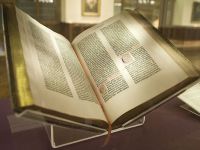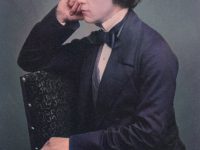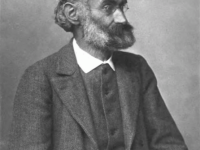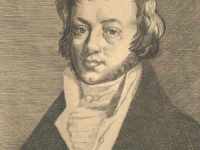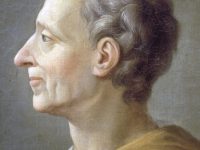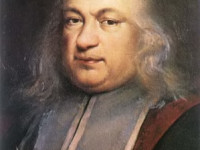Snow White and the Seven Cel Animated Dwarfs
On February 4, 1938, Disney’s Snow White and the Seven Dwarfs was released in the United States as the first full length feature film to use cel-animation. The Ancestor of Computer Animation Cel animation is a traditional animation technique and depicted the dominant animation method for many years until computer animation became common. It is considered very complex and time consuming, since every frame has to be drawn by hand. During this process, the…
Read more


